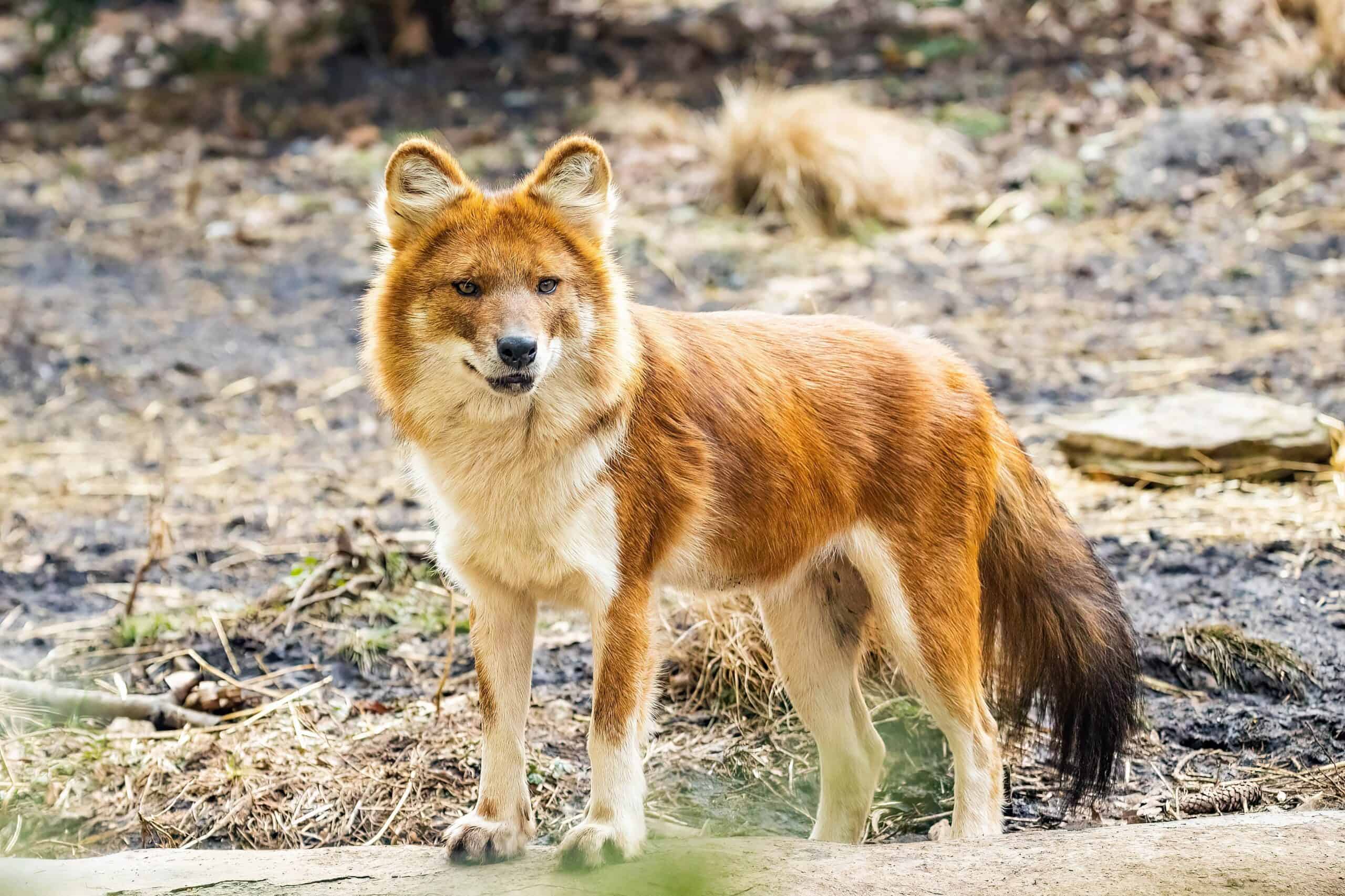The animal kingdom is filled with a myriad of extraordinary and bizarre creatures, each with unique adaptations and features that defy our expectations. From deep-sea dwellers to forest inhabitants, these animals demonstrate nature’s incredible diversity and ingenuity. In this list, we explore some of the strangest animals ever documented, highlighting their fascinating characteristics and the remarkable ways they have evolved to survive in their respective habitats.
Axolotl
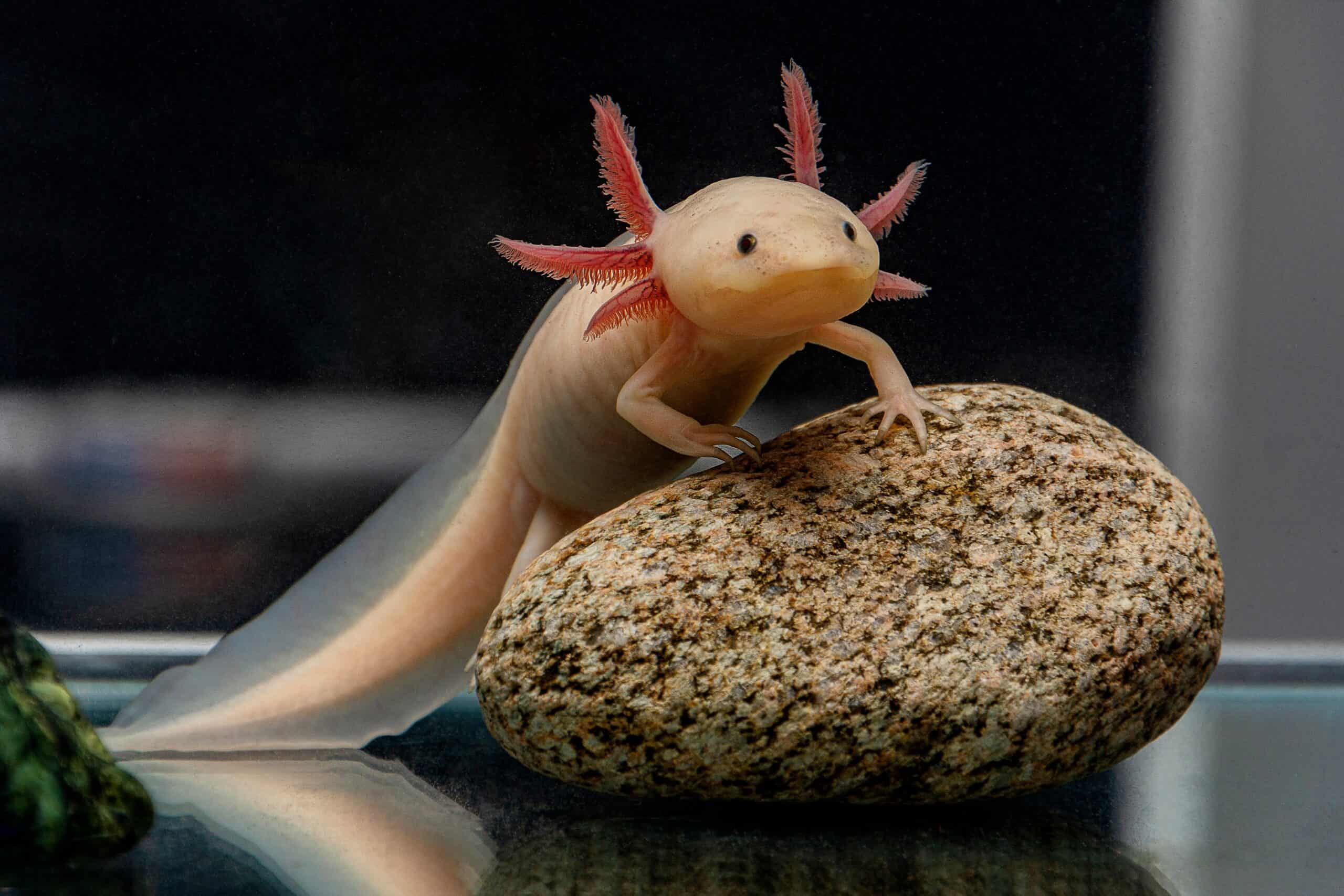
The axolotl, often referred to as the Mexican walking fish, is an aquatic salamander renowned for its unique ability to regenerate limbs, spinal cord, heart, and other organs. Unlike most amphibians, axolotls remain in their larval stage throughout their lives, a condition known as neoteny. Found primarily in the lakes of Xochimilco near Mexico City, this creature exhibits an extraordinary array of colors, ranging from white to black. Their external gills and perpetual smile give them a distinctive and endearing appearance. Conservation efforts are critical as they are now critically endangered due to habitat loss and water pollution.
Narwhal
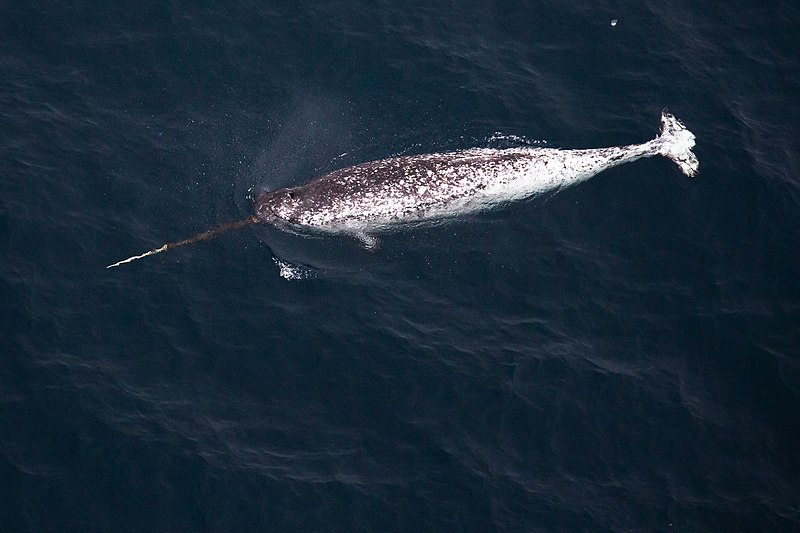
Narwhals, often dubbed the “unicorns of the sea,” are distinguished by their long, spiral tusks, which are actually elongated upper left canine teeth. These tusks can grow up to 10 feet long and are primarily found in Arctic waters. Scientists believe the tusk has sensory capabilities, helping narwhals detect changes in their environment. The mystery and allure of the narwhal have fascinated humans for centuries, with myths and legends surrounding its existence. Climate change and increased human activity in the Arctic threaten their population.
Platypus
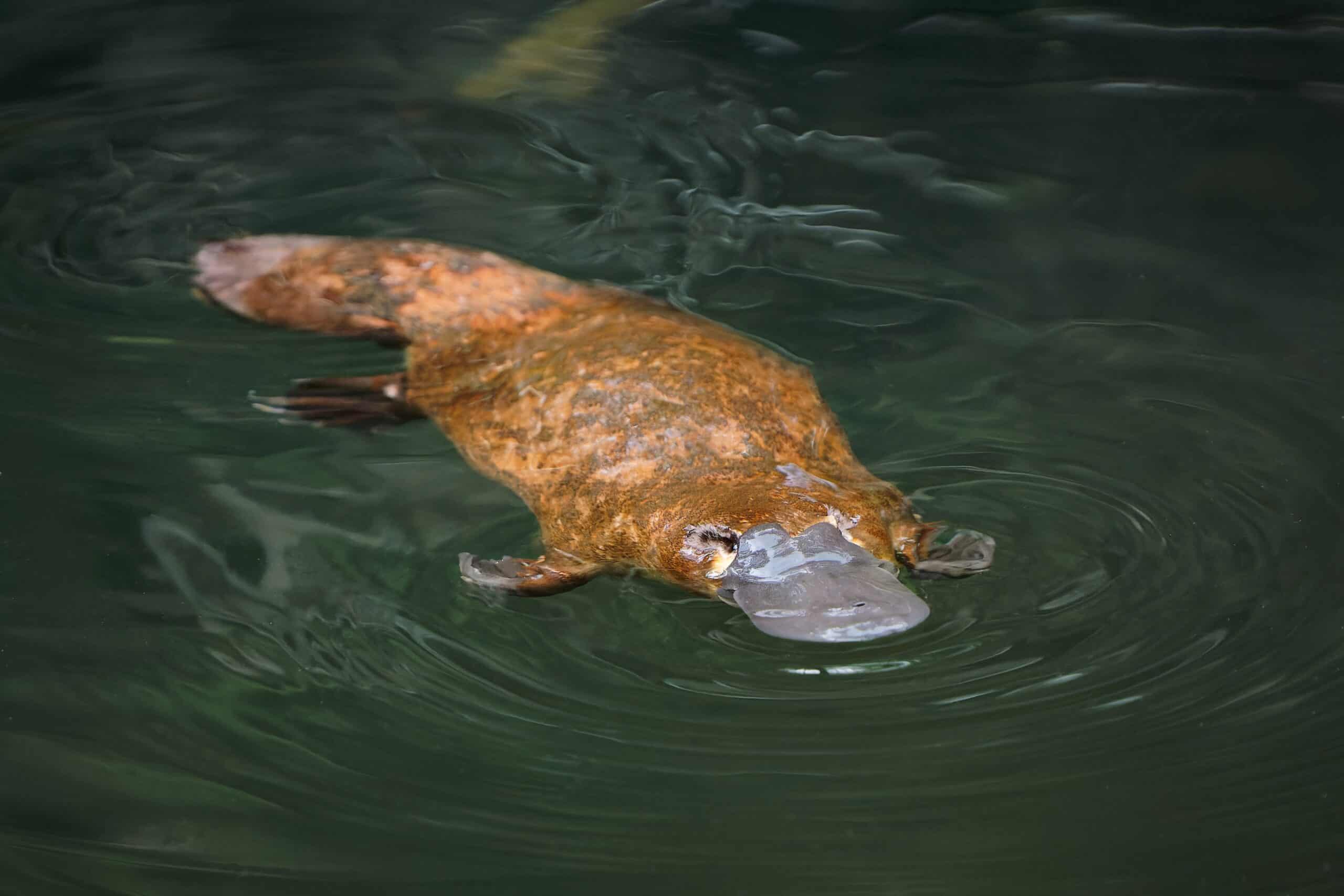
The platypus is an oddity among mammals, possessing a duck’s bill, beaver’s tail, and otter’s feet. Native to eastern Australia, this egg-laying mammal also produces venom, which is rare among mammals. The male’s spurs can deliver a painful sting, potent enough to incapacitate smaller animals. Platypuses are equipped with electroreceptors in their bills, allowing them to detect the electric fields generated by the muscle contractions of their prey. This unique combination of features makes the platypus one of nature’s most fascinating evolutionary experiments.
Aye-Aye
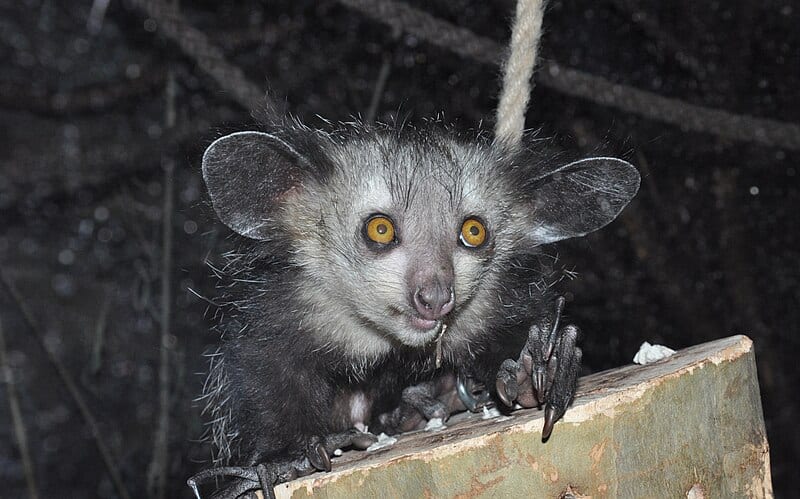
The aye-aye, native to Madagascar, is the world’s largest nocturnal primate. Its most distinctive feature is its elongated middle finger, which it uses to tap on trees and locate grubs through echolocation. With large, luminous eyes and rodent-like teeth that continuously grow, the aye-aye presents a peculiar and somewhat eerie appearance. Unfortunately, this unique animal is often considered a bad omen by local populations, leading to its persecution. Conservation efforts are underway to protect this endangered species and its habitat.
Saiga Antelope
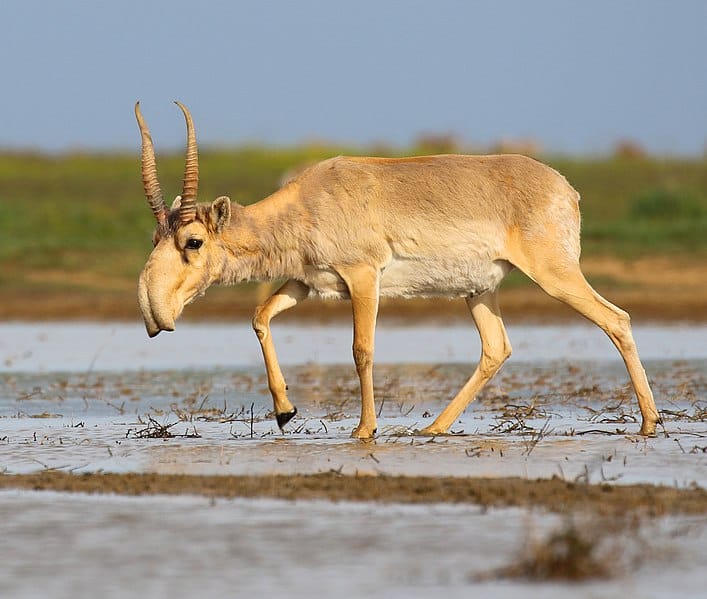
The saiga antelope, recognizable by its distinctive bulbous nose, roams the steppes of Central Asia. This unusual nose structure is believed to filter out dust and regulate blood temperature. The species once numbered in the millions, but poaching and disease have drastically reduced their population. During mating season, males engage in fierce battles, often resulting in high mortality rates. Conservation initiatives aim to restore saiga populations and protect their natural habitats.
Goblin Shark
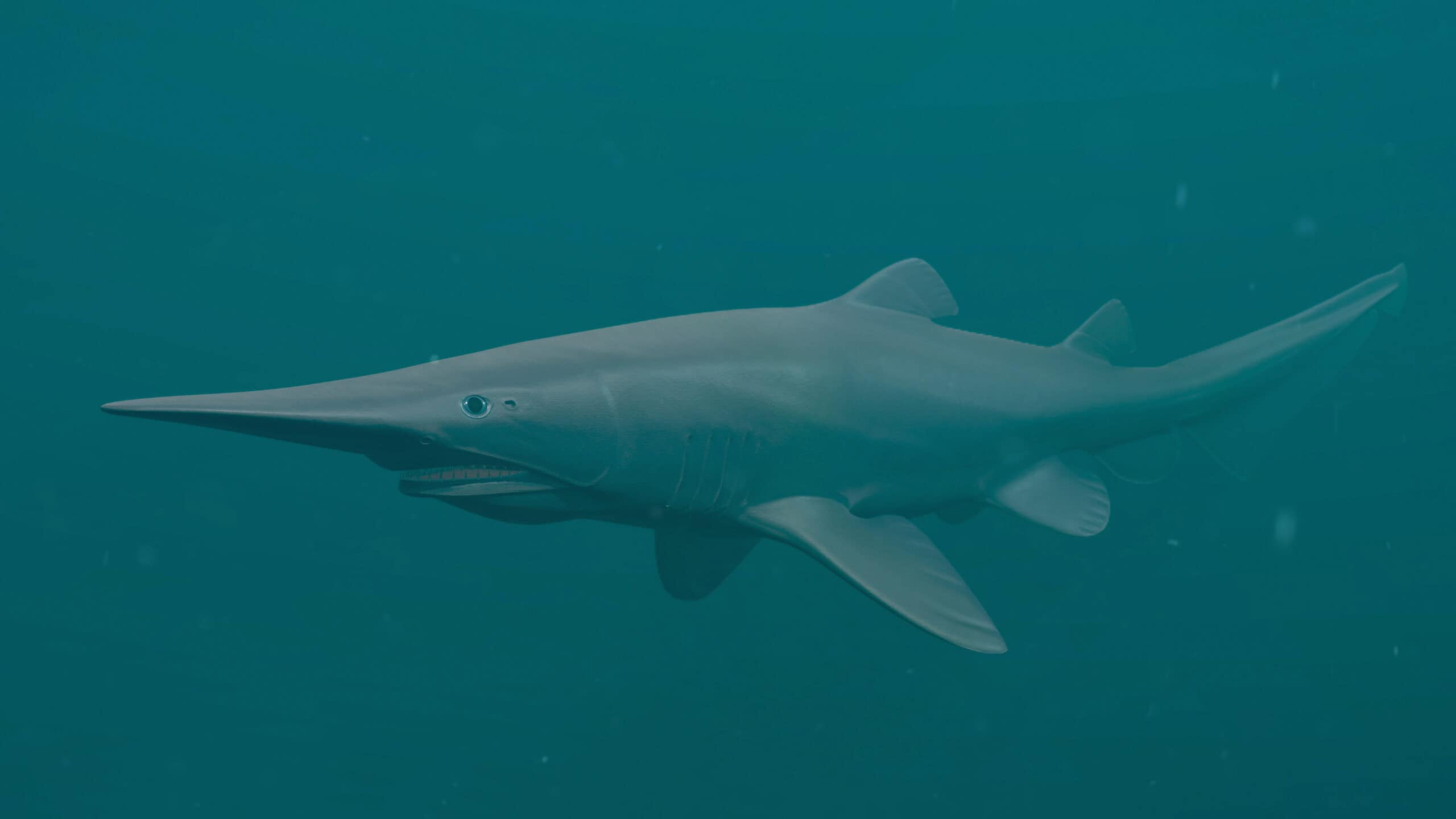
Goblin sharks, often referred to as living fossils, inhabit deep-sea environments and are rarely seen by humans. Their most striking feature is their elongated, flattened snout and protrusible jaws, which can extend dramatically to capture prey. Goblin sharks can grow up to 12 feet long, with pinkish skin that reflects their deep-sea habitat. They have a sluggish demeanor, often drifting through the water rather than swimming actively. Their prehistoric appearance and elusive nature continue to intrigue marine biologists.
Leafy Seadragon
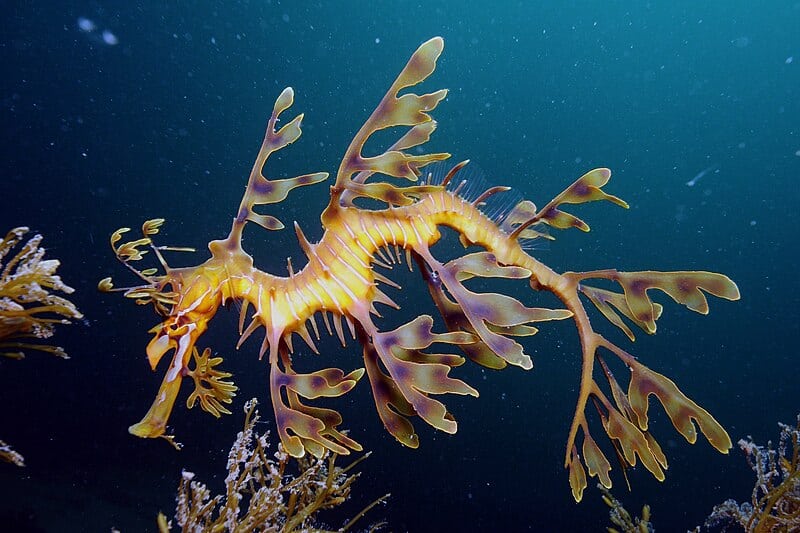
The leafy seadragon, native to the southern and western coasts of Australia, resembles a piece of drifting seaweed. Its leaf-like appendages provide excellent camouflage among seaweed and kelp, protecting it from predators. Unlike seahorses, leafy seadragons do not have a prehensile tail and rely on their pectoral and dorsal fins for movement. Their intricate appearance and delicate beauty have made them a favorite among divers and marine enthusiasts. However, they are vulnerable to habitat destruction and pollution.
Star-Nosed Mole
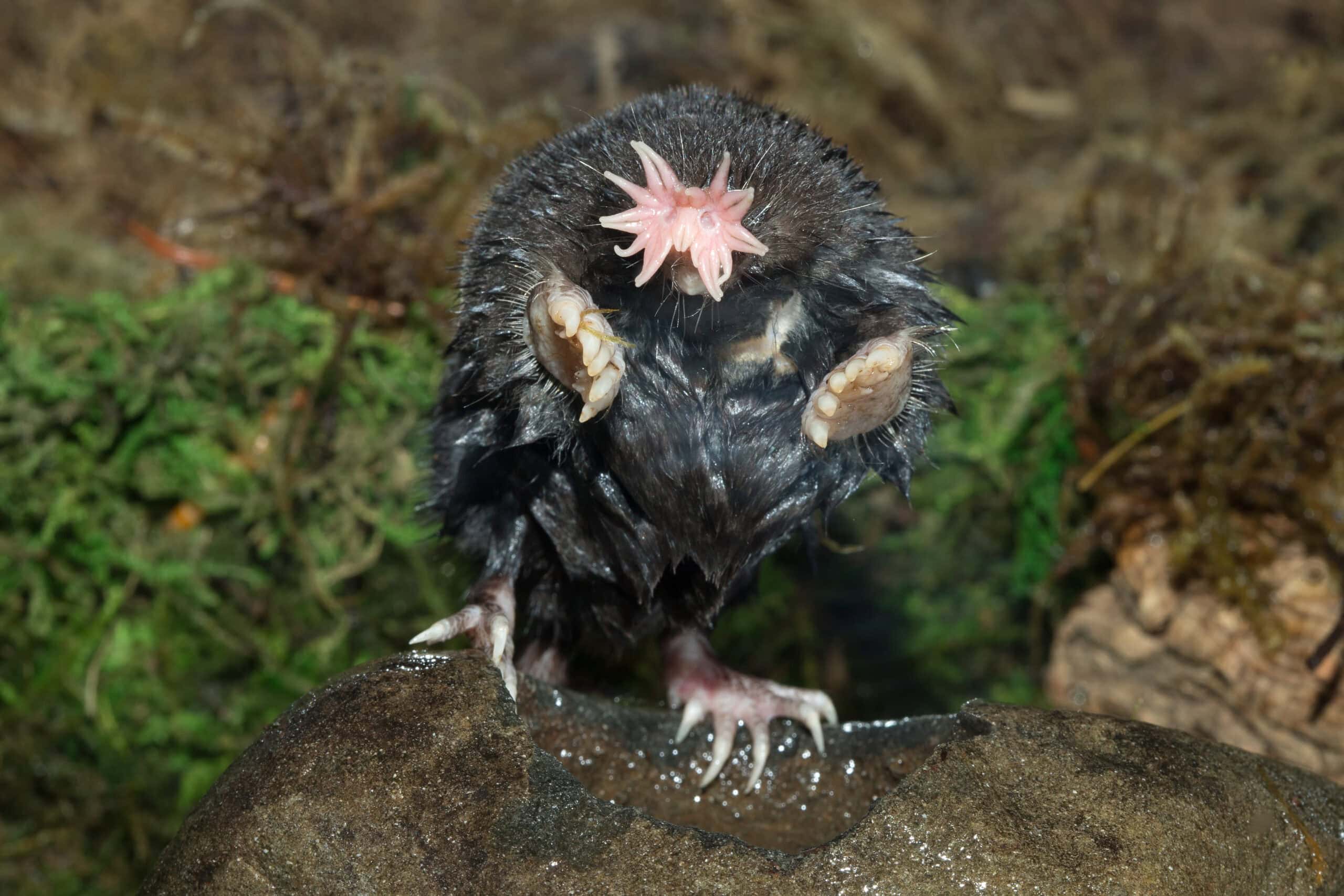
The star-nosed mole, found in the wetlands of North America, is easily identifiable by its unique star-shaped nose. This nose is covered with 22 fleshy appendages called Eimer’s organs, which are highly sensitive touch receptors. The star-nosed mole is an expert digger and swimmer, able to navigate through both soil and water with ease. It has the fastest known reaction time of any mammal, able to identify and consume prey in just milliseconds. Despite its unusual appearance, it plays a crucial role in controlling insect populations.
Okapi
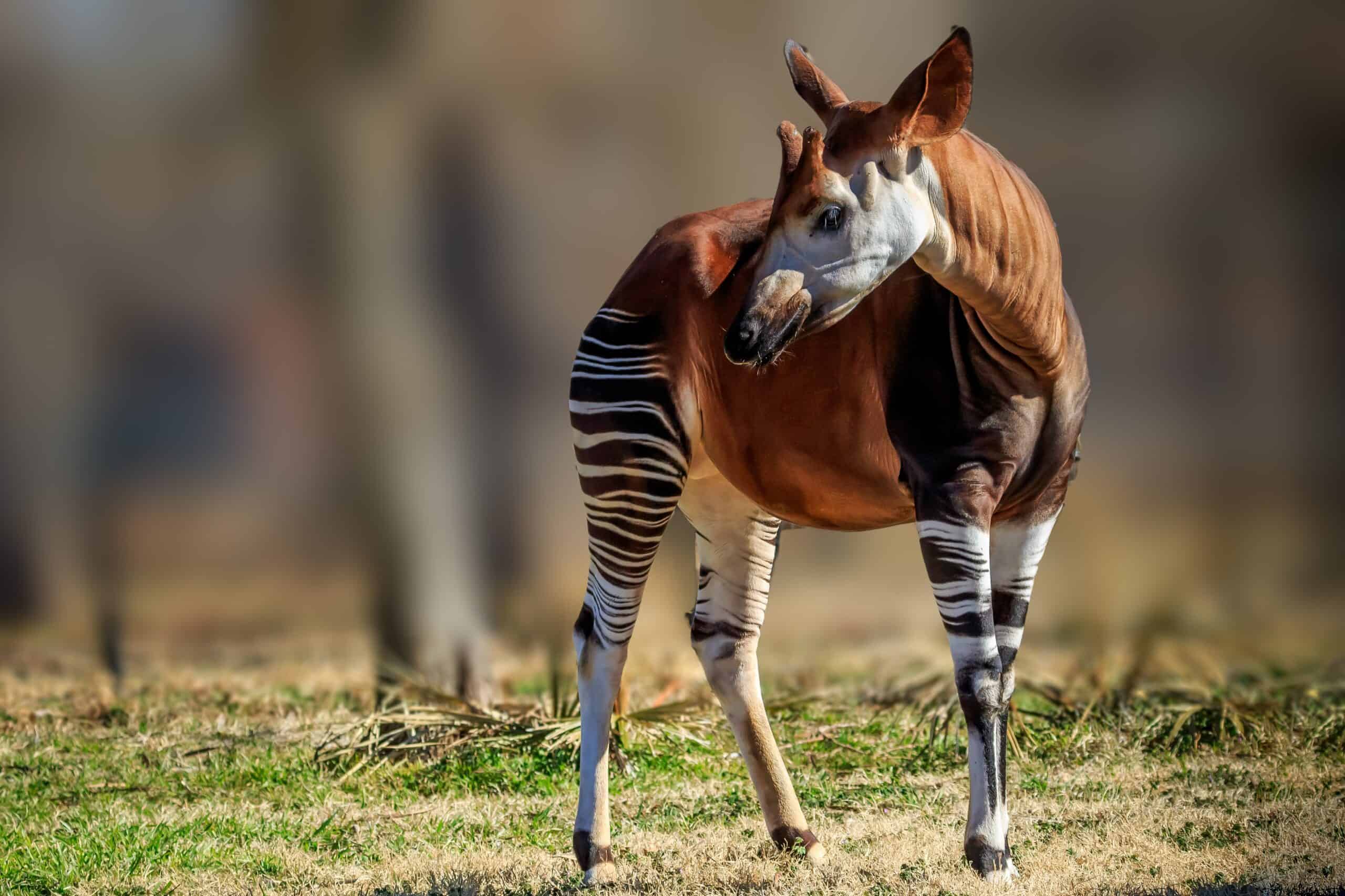
The okapi, native to the rainforests of the Congo, is often described as a cross between a giraffe and a zebra. It has a giraffe-like body with a long neck and zebra-like stripes on its legs. Okapis are solitary and elusive, making them difficult to study in the wild. Their large ears help detect predators, while their prehensile tongues allow them to strip leaves from branches. The okapi is the only living relative of the giraffe, and conservation efforts are vital to protect this unique species from habitat loss and poaching.
Blobfish
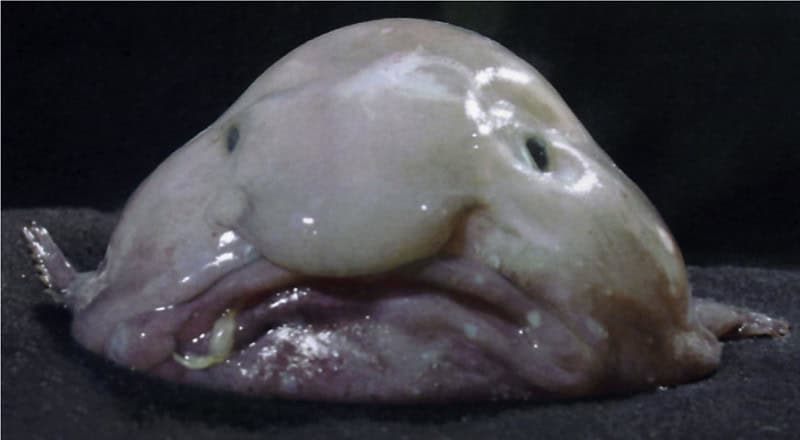
The blobfish, often voted as the world’s ugliest animal, inhabits the deep waters off the coasts of Australia and New Zealand. Its gelatinous body, which appears almost human-like when brought to the surface, is adapted to withstand the extreme pressure of its deep-sea environment. Blobfish lack muscles, allowing them to float above the sea floor and consume anything edible that floats by. Their appearance has made them a symbol of conservation for deep-sea creatures. Despite their unappealing looks, blobfish play an important role in their ecosystem.
Shoebill Stork
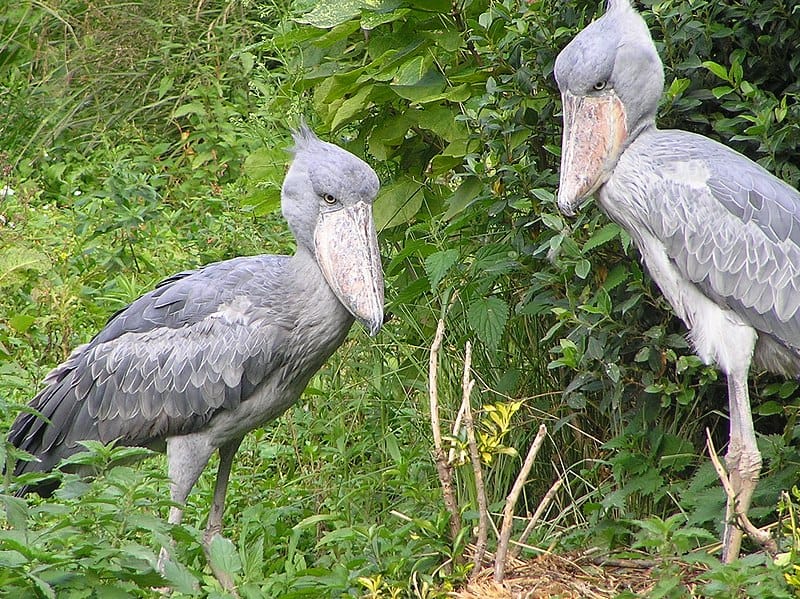
The shoebill stork, native to the swamps of Central Africa, is named for its large, shoe-shaped bill. This bird stands over four feet tall and has a prehistoric appearance, with piercing eyes and a powerful beak. Shoebills are skilled hunters, often remaining motionless for hours before striking their prey with remarkable speed. Their diet primarily consists of fish, but they are also known to eat small mammals and reptiles. Habitat destruction and disturbance by humans pose significant threats to their populations.
Tardigrade
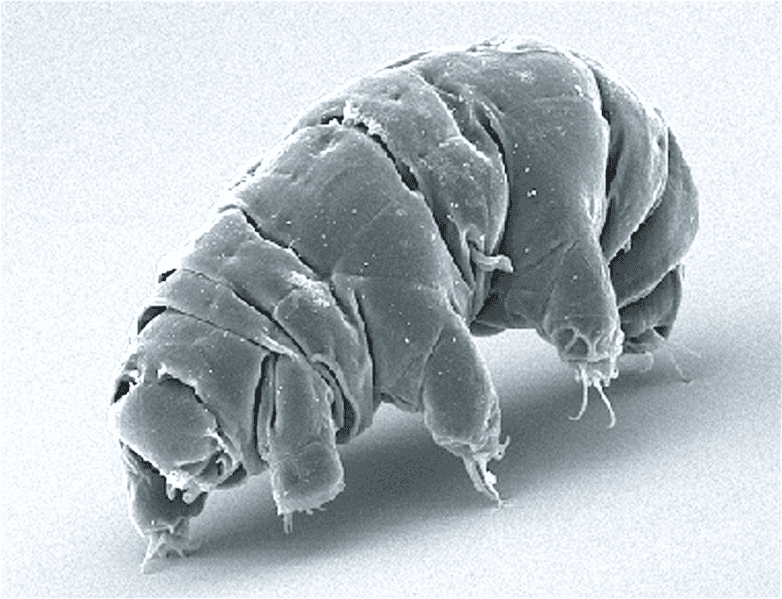
Tardigrades, also known as water bears, are microscopic creatures known for their resilience and ability to survive extreme conditions. They can endure temperatures ranging from near absolute zero to over 300 degrees Fahrenheit, high levels of radiation, and even the vacuum of space. Tardigrades achieve this by entering a cryptobiotic state, effectively shutting down their metabolism. Found in various environments, from deep-sea trenches to the Himalayas, they play a crucial role in ecosystems by feeding on algae and other microorganisms. Their incredible survival abilities continue to fascinate scientists.
Angora Rabbit
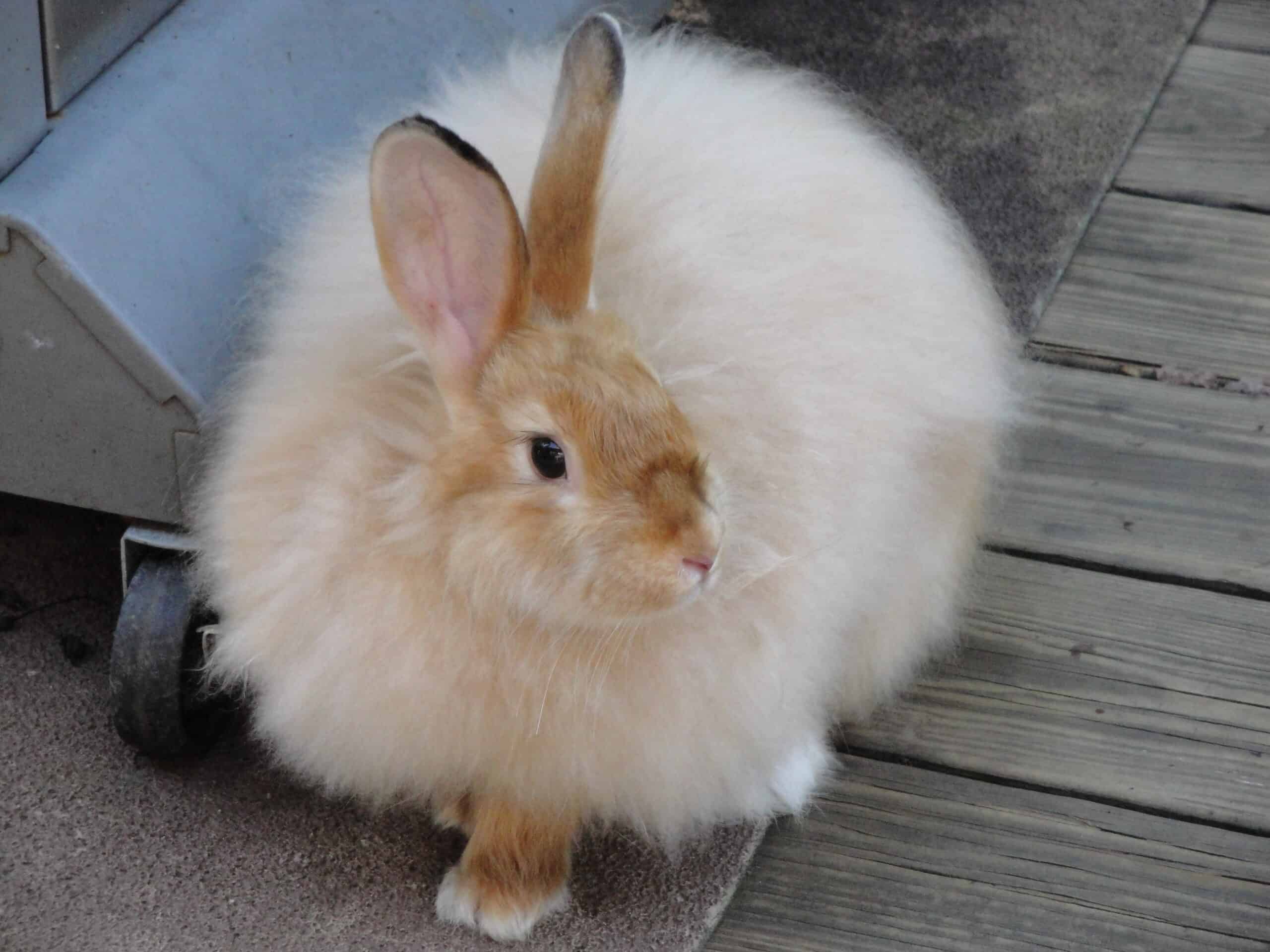
The Angora rabbit, originating from Turkey, is famous for its long, silky fur, which is often used in high-quality textiles. This breed requires regular grooming to prevent its fur from matting, making it a high-maintenance pet. Angora rabbits come in several varieties, including English, French, and German, each with distinct characteristics. Their gentle and docile nature makes them popular among rabbit enthusiasts. However, the ethical treatment of Angora rabbits in the fur industry has raised concerns, leading to increased awareness and advocacy for their welfare.
Glass Frog
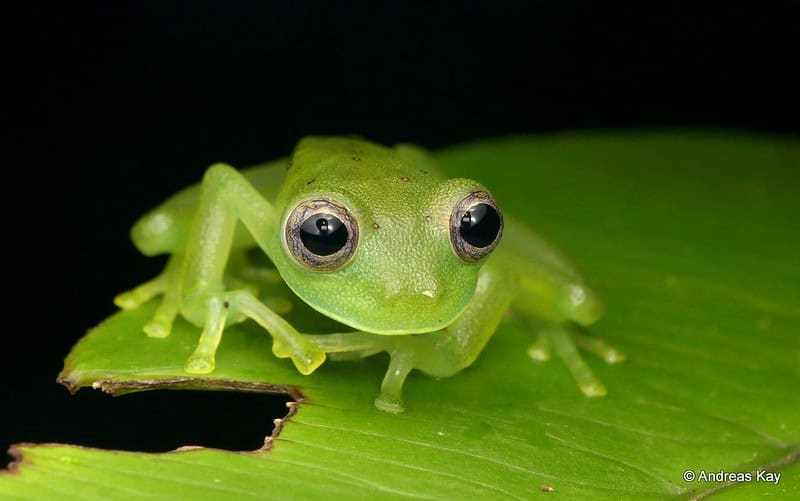
Glass frogs, found in Central and South America, are named for their translucent skin, which allows their internal organs to be visible. This unique feature provides excellent camouflage in their natural habitat, blending seamlessly with leaves and branches. Males are known for their elaborate mating calls and protective behavior, guarding eggs laid on the undersides of leaves. Glass frogs are small, typically measuring between 1 and 3 inches in length. Their transparency and delicate appearance have made them a subject of interest for both scientists and nature enthusiasts.
Dumbo Octopus
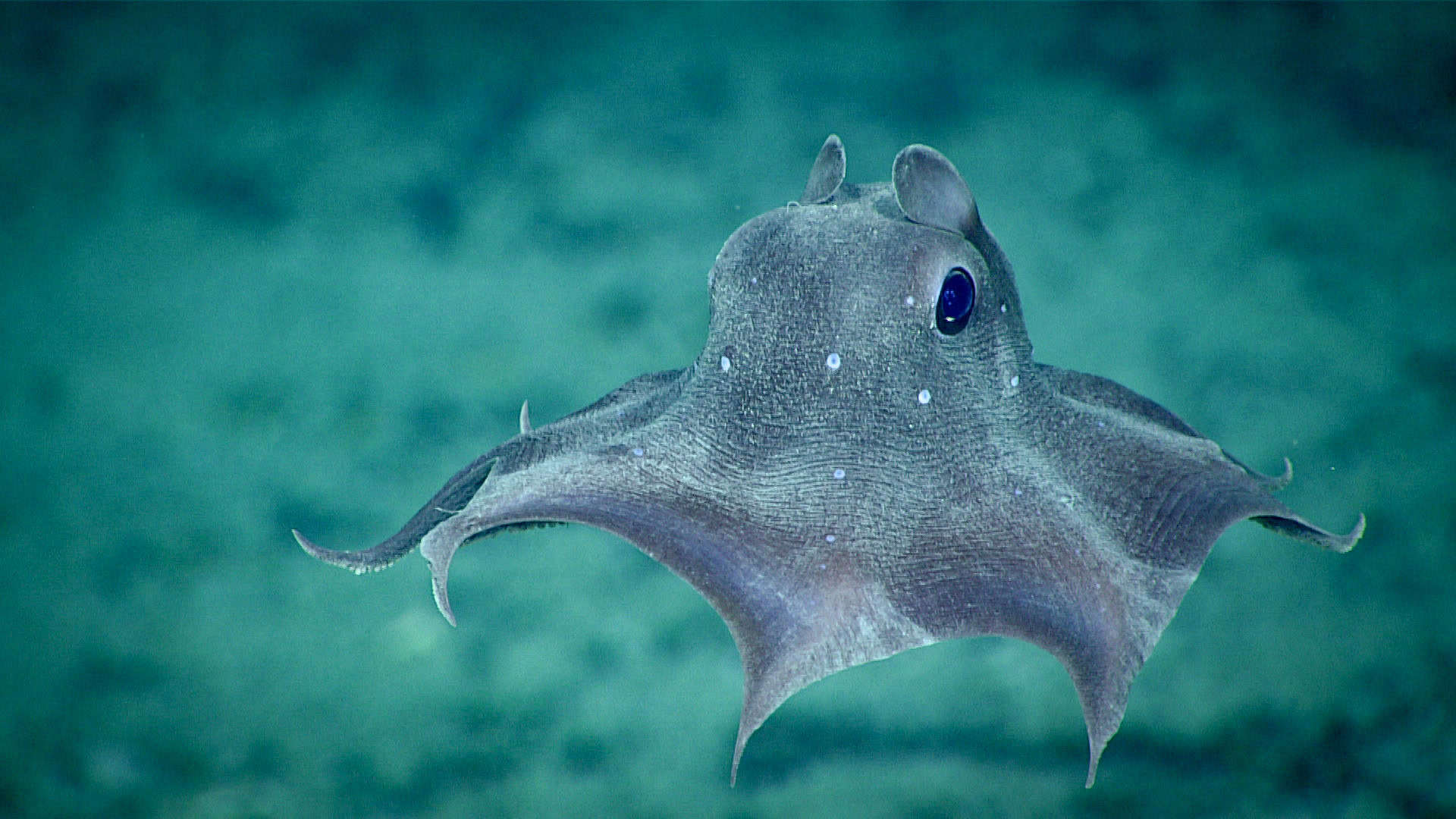
The dumbo octopus, named for its ear-like fins that resemble Disney’s Dumbo the Elephant, inhabits the deep ocean at depths of up to 13,000 feet. These small, gelatinous creatures use their fins to glide gracefully through the water. Dumbo octopuses are part of the umbrella octopus family, known for their umbrella-like webs connecting their arms. They have a varied diet, including crustaceans, worms, and other small invertebrates. Their deep-sea habitat and unique appearance continue to captivate researchers and ocean explorers.
Pangolin
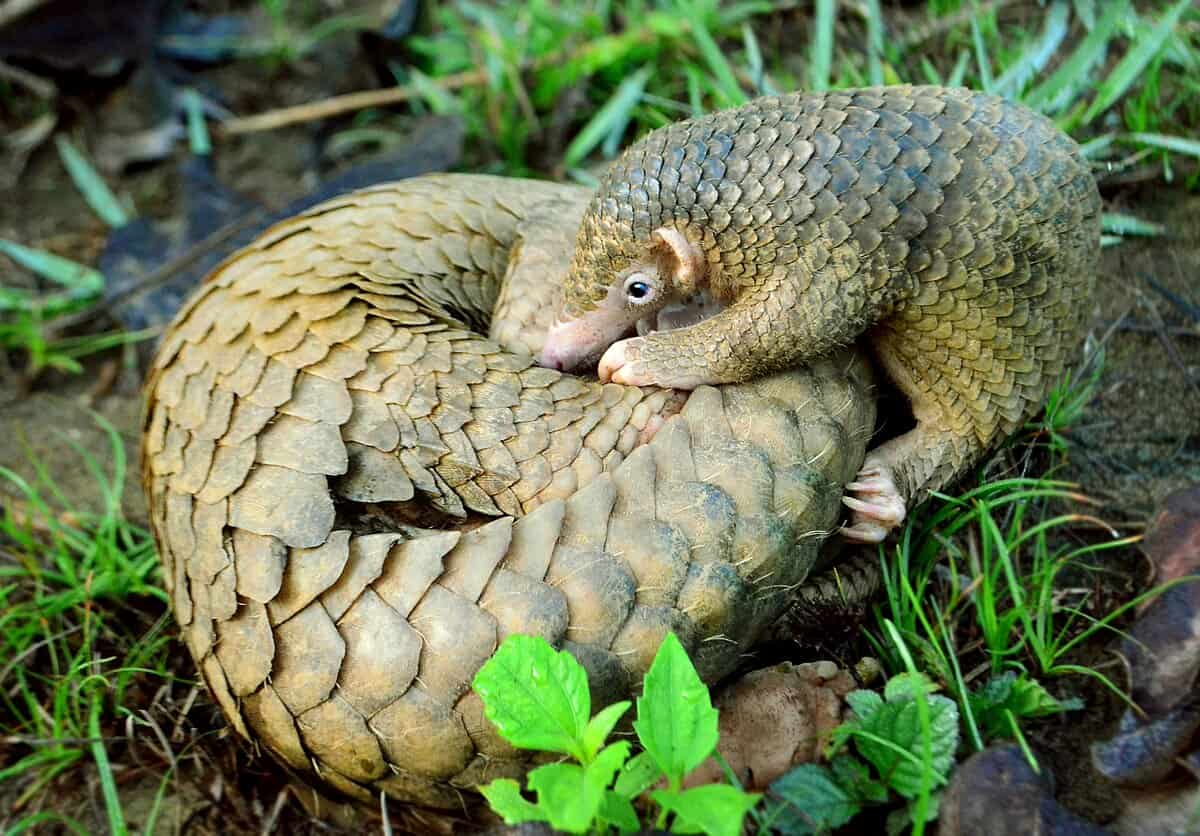
Pangolins, found in Asia and Africa, are the only mammals wholly covered in scales made of keratin. These scales provide defense against predators, allowing pangolins to curl into a tight ball when threatened. Pangolins are insectivores, using their long, sticky tongues to capture ants and termites. Despite their tough exterior, they are highly vulnerable to poaching and illegal wildlife trade, making them one of the most trafficked animals in the world. Conservation efforts are crucial to prevent their extinction and protect their habitats.
Gerenuk
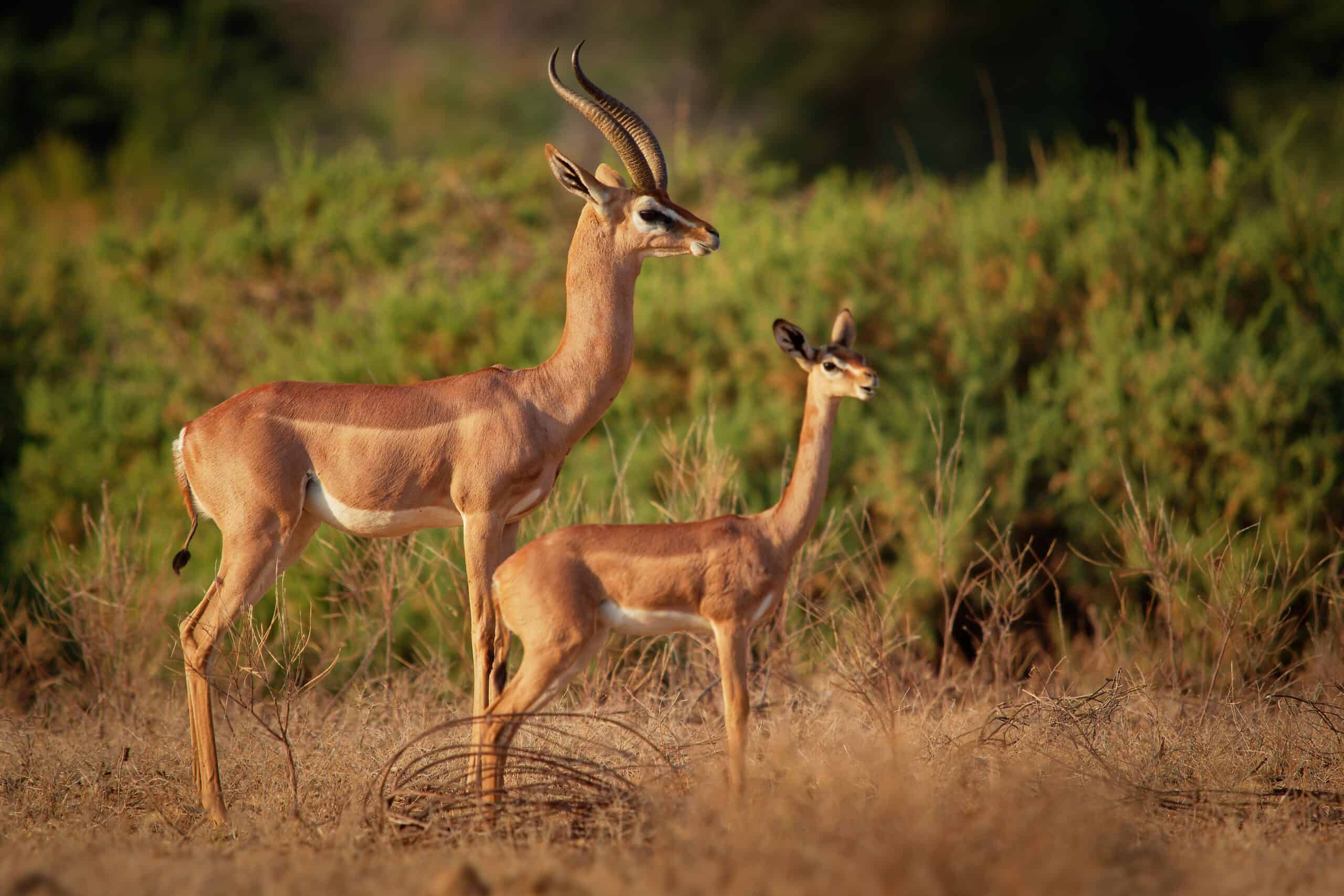
The gerenuk, also known as the giraffe gazelle, is native to the dry regions of East Africa. It is characterized by its long neck and legs, which allow it to browse on higher foliage than other antelopes. Gerenuks can stand on their hind legs to reach leaves and branches, giving them a distinct advantage in their arid habitat. They have large, expressive eyes and a slender, graceful body. Despite their unique adaptations, gerenuks are threatened by habitat loss and hunting.
Thorny Devil
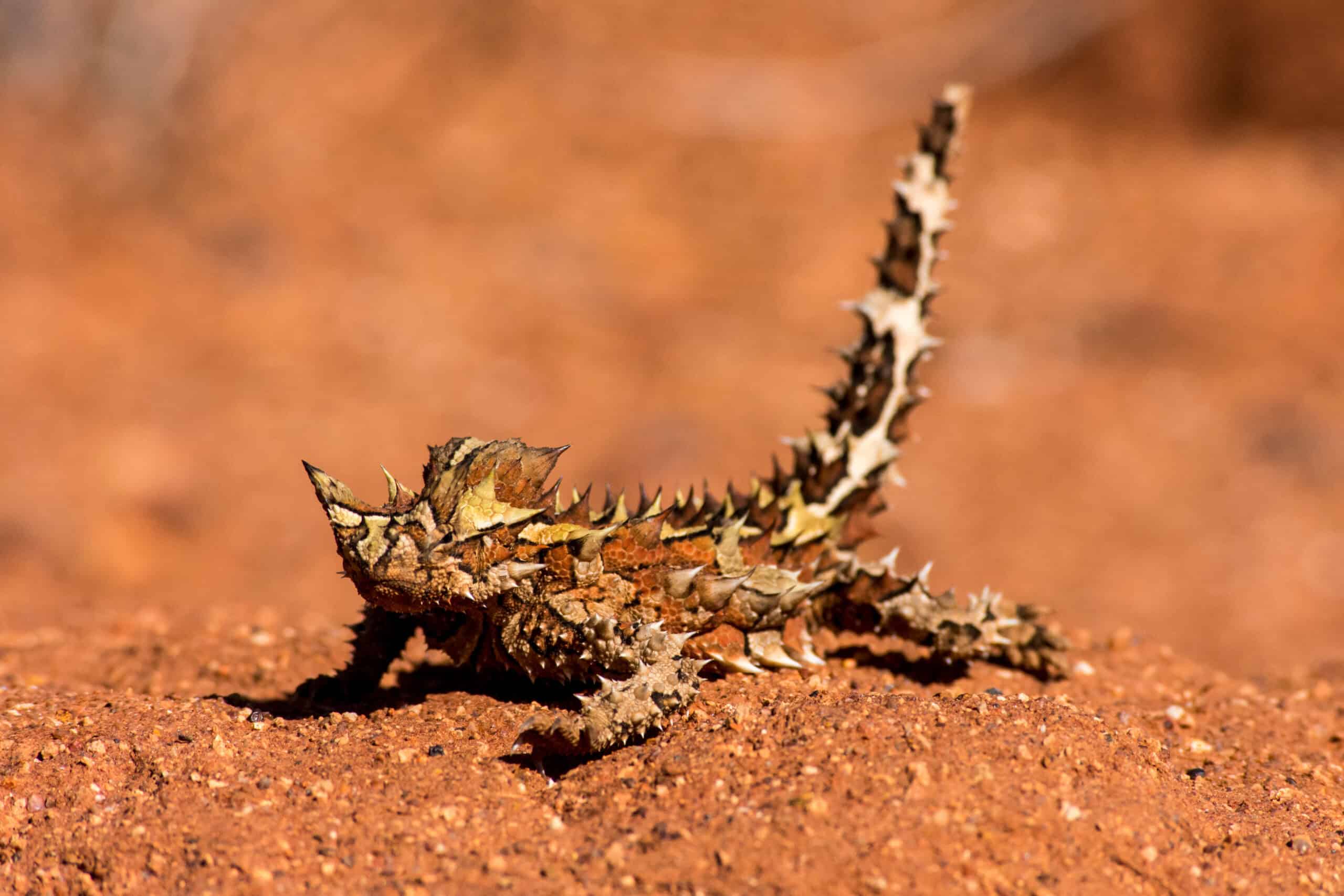
The thorny devil, found in the deserts of Australia, is a small lizard covered in sharp, spiny scales. These spines help protect it from predators and aid in water collection by directing rain and dew towards its mouth. Thorny devils have a distinctive gait, often stopping and rocking back and forth to confuse predators. Their diet consists mainly of ants, which they capture with their sticky tongues. The thorny devil’s unique appearance and behavior make it a fascinating subject of study.
Matamata Turtle
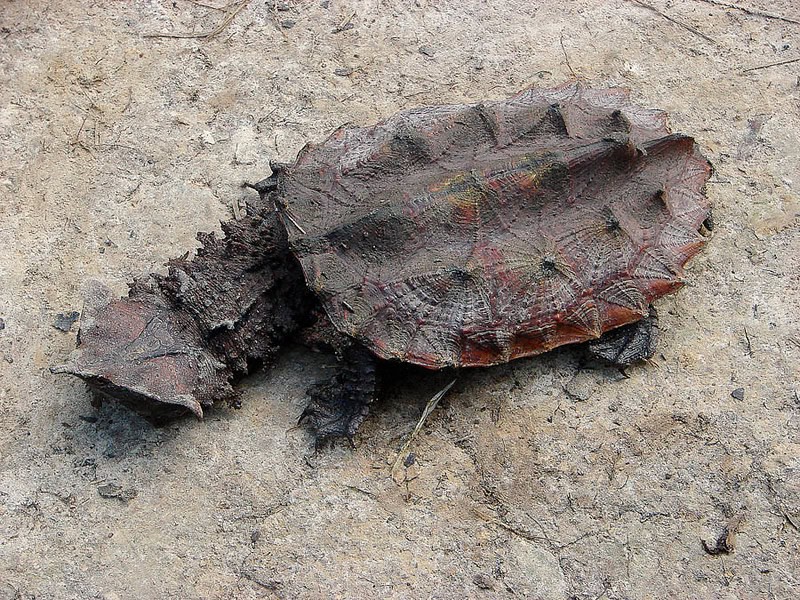
The matamata turtle, native to the slow-moving rivers and swamps of South America, has a unique appearance with a rough, knobby shell and a wide, flattened head. Its head and neck resemble a pile of leaves, providing excellent camouflage in its natural habitat. Matamatas are ambush predators, using their highly sensitive skin to detect vibrations and capture prey with a rapid gulp. Their strange appearance and sedentary lifestyle have made them a curiosity among herpetologists. Conservation efforts are important to protect their fragile freshwater habitats.
Sea Pig
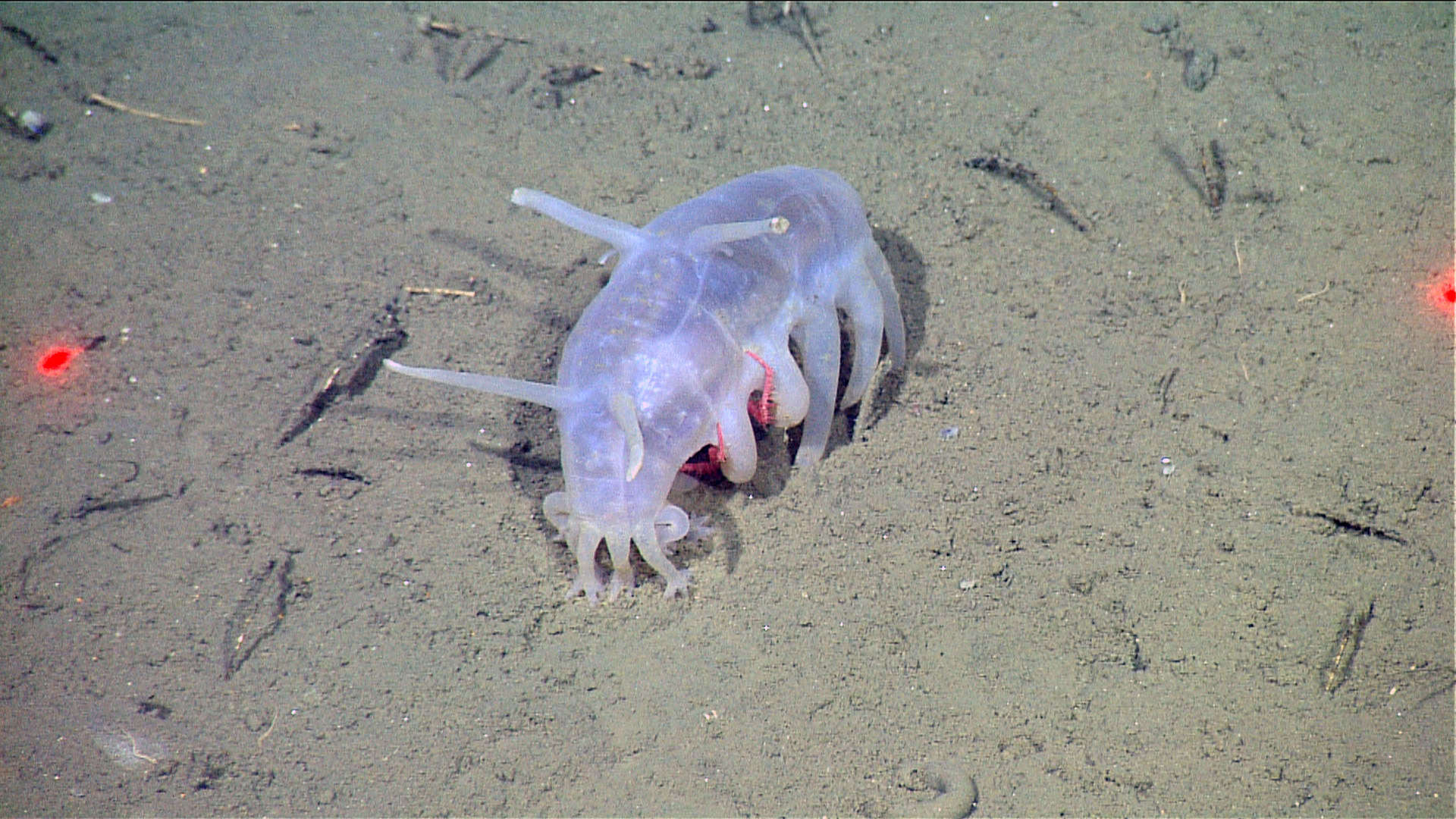
Sea pigs, a type of sea cucumber, inhabit the deep-sea floor and are known for their unusual, plump appearance and pinkish hue. They move across the ocean floor using tube-like legs, scavenging for organic particles in the sediment. Sea pigs play a vital role in deep-sea ecosystems by recycling nutrients and maintaining the ocean floor’s health. Their gelatinous bodies and unique locomotion make them stand out among other deep-sea creatures. Despite their odd appearance, sea pigs contribute significantly to the marine food web.
This article originally appeared on Rarest.org.
More From Rarest.Org
Exploring Europe’s most stunning castles offers a journey through history, architecture, and breathtaking landscapes. From the fairy tale spires of Neuschwanstein to the intricate beauty of the Alhambra, each castle tells a unique story. Read more.
Wild dogs are fascinating creatures found across the globe. Each species has unique traits and habitats that set them apart. Their diverse adaptations, social structures, and hunting techniques highlight the remarkable variety within this group. Read more.
Collecting model trains is a fascinating hobby, especially when searching for rare and hard-to-find models. Enthusiasts often seek out unique pieces that offer a glimpse into the history and craftsmanship of model railroading. Read more.


